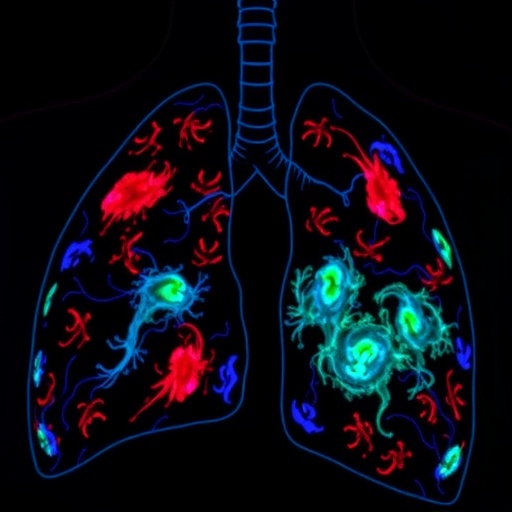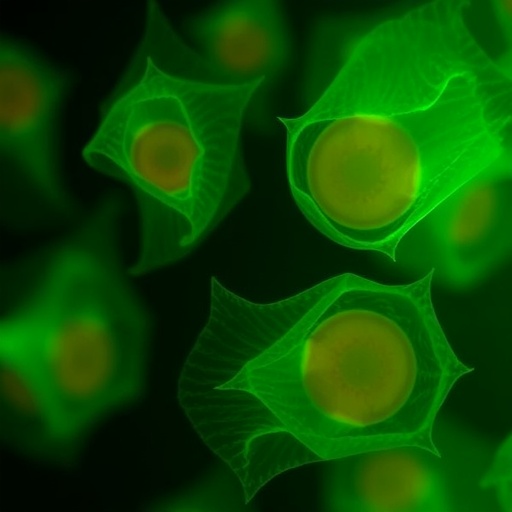The cockpit protection system fitted to racing cars, known as halo, may affect the driver's head position and motion, possibly compromising steering accuracy, suggest the results of a simulation test, using a similar structure, and published in the journal BMJ Case Reports.
The findings prompt the authors to conclude that training and ergonomic adjustment may be needed to compensate for this, particularly for less experienced drivers.
The halo is a titanium arc with a central pillar that is fitted to the open cockpit of a racing car. It extends up, over, and around the driver's head with the aim of reducing the risk of head injuries during a collision.
Motor sports' governing body, the Fédération Internationale de l'Automobile (FIA), recently mandated the use of the halo for the 2018 Formula 1 season, but the device has divided opinion.
Drivers can't assess unconscious processes, such as navigation and the avoidance of obstacles, and because steering is linked to head movement, if anything affects a driver's posture, this could compromise its accuracy, say the authors.
They therefore assessed the impact of a halo-like structure–halo systems are individually tailored, so each is unique–on the neck muscle activities of an experienced driver in a Formula Mazda, an open cockpit racing car.
Muscle movement/fatigue and steering were measured using special sensors, electrodes (electromyography), and GPS trackers when the car was equipped with a halo, and when it wasn't, during two warm up laps and 10 'flying' laps.
Analysis of the data indicated that muscle workload differed when the halo-like structure was fitted to the car, suggesting that the position of the driver's head was affected.
This might be because the driver adopts a forward head tilt, which is associated with an increase in neck muscle activity and spinal compression, suggest the authors.
They acknowledge that the data are by no means complete, but those available suggest that compared with a neutral position, a forward head tilt might be problematic for open cockpit racing. This is because in high g force environments, the neck muscles have more limited contraction capacity and mechanical flexibility, say the authors.
In essence, this means that the ability to stabilise the head and neck is reduced. And other research has suggested that a forward head tilt is associated with a higher risk of neck injury and whiplash.
Muscle fatigue was also uneven, suggesting that the driver's head movement was also affected when the halo was fitted to the cockpit. This again might boost the risk of neck injury, say the authors.
But it isn't only neck injury risk that might be a cause for concern; the forward head tilt might also compromise spatial awareness and the ability to accurately locate visual cues during steering, so increasing the risk of a collision during overtaking and cornering, they point out.
These findings are based on the experience of one driver and are therefore not conclusive. But the authors emphasise: "The evidence presented here is unique. It suggests that training and/or ergonomic adjustment may be required to mitigate the changes in head position and motion that the driver exhibits during the simulation with a halo-type structure equipped vehicle."
This might be particularly important for less skilled/experienced drivers, they conclude.
###
Media Contact
Frances Lee
[email protected]
44-203-655-5022
@bmj_company
http://www.bmj.com




